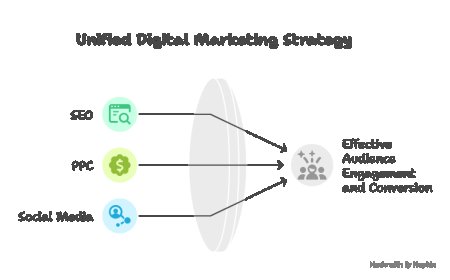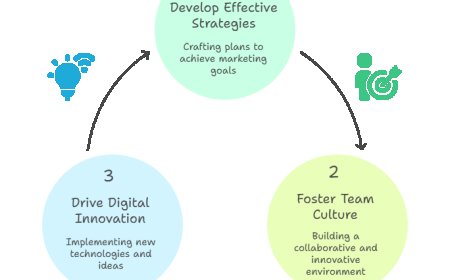How Feedback Improves the Player Experience
In the world of gaming, player experience is everything. Developers strive to create immersive, engaging, and enjoyable games, but what truly helps elevate a game to success is the ongoing feedback from its players. Feedback allows game creators to understand what works, what doesn't, and what can be improved. This continuous loop of communication between players and developers shapes a better gaming environment and enhances the overall player experience. If you want to try exciting games where player feedback plays a crucial role in evolving gameplay, check out1JJ game Online, a platform dedicated to interactive and engaging gaming experiences.
The Role of Feedback in Game Development
Feedback is more than just opinions or complaints; it is a vital tool in game development. Developers rely on player input to identify bugs, balance gameplay, and introduce features that align with the players expectations. Without feedback, developers might miss critical issues or fail to notice areas where players are frustrated or disengaged.
For example, when a game launches, players often point out glitches or performance issues that weren't caught during testing. This kind of real-world feedback helps developers patch problems quickly. Moreover, player suggestions can lead to exciting new content or game modes, keeping the game fresh and interesting over time.
Enhancing Engagement Through Player Feedback
When players see their feedback being acknowledged and implemented, it increases their sense of involvement and loyalty. This interaction fosters a community where players feel valued and part of the games journey. Many successful games now feature forums, social media channels, and in-game feedback systems to make it easier for players to share their thoughts.
A practical example of feedback-driven engagement is seen in multiplayer games. Players might request new maps, weapons, or modes, and developers who listen to these requests can maintain or even grow their player base. This ongoing dialogue encourages longer playtimes and greater investment in the games ecosystem.
Feedback as a Tool for Balancing Gameplay
Balance is one of the toughest challenges in game design. If a games mechanics are unbalanced, some players may find the game too easy while others find it too difficult, leading to frustration or boredom. Player feedback helps developers tweak difficulty levels, character abilities, or game economies to achieve a balanced and enjoyable experience for all players.
For instance, competitive games rely heavily on player feedback to refine character stats or item effectiveness. Players often uncover overpowered strategies or underused features, and this insight helps developers adjust the game accordingly, ensuring fairness and fun.
Improving Usability and Accessibility
Feedback also plays a crucial role in enhancing a game's usability and accessibility. Players with different skill levels, preferences, and abilities can point out challenges they face in navigating menus, understanding controls, or accessing content. Developers can use this feedback to simplify interfaces, add tutorials, or include accessibility features such as customizable controls and colorblind modes.
When games are more accessible, they attract a broader audience, which benefits both players and developers. Accessibility improvements based on player feedback make the gaming community more inclusive and welcoming.
Boosting Emotional Connection Through Storytelling
Story-driven games thrive on emotional engagement. Player feedback helps developers understand which story elements resonate and which fall flat. By listening to the community, creators can refine narratives, develop richer characters, and adjust pacing to create more immersive experiences.
Developers sometimes introduce branching storylines or multiple endings based on feedback, giving players more control over their journey. This dynamic storytelling enhances the emotional connection players feel with the game.
Feedback in the Era of Live Services and Updates
Many modern games operate as live services with regular updates, events, and new content drops. In this model, player feedback is indispensable. Developers monitor forums, social media, and in-game data to respond swiftly to player needs and desires.
Implementing community feedback during seasonal events or updates can make these experiences more enjoyable and relevant. Games that actively involve their players in development decisions tend to maintain a more dedicated and enthusiastic community.
The Importance of Constructive Feedback
Not all feedback is equally helpful. Constructive feedback is specific, actionable, and respectful. It points out problems clearly and often suggests ways to improve. Constructive criticism helps developers make meaningful changes without being overwhelmed by negativity.
Players who learn to provide constructive feedback contribute positively to the gaming community. Developers often encourage this by providing clear channels and guidelines for feedback submission, ensuring the process is productive for everyone involved.
How Developers Collect Feedback
Developers collect player feedback through multiple channels:
-
Surveys and polls: These tools help gather structured input on specific aspects of the game.
-
Beta testing: Early access versions allow players to test the game and report issues before official release.
-
Forums and social media: These platforms facilitate open discussions and real-time reactions.
-
In-game feedback tools: Some games feature direct feedback buttons or reporting systems.
-
Data analytics: Behind the scenes, developers analyze gameplay data to identify patterns and problems that players might not explicitly mention.
By combining these methods, developers get a comprehensive view of player experiences and preferences.
Real-World Examples of Feedback Impacting Games
Numerous popular games have improved significantly due to player feedback. For example, Fortnite constantly adjusts its weapons, maps, and mechanics based on player input, keeping the game balanced and exciting. Similarly, games like Apex Legends and League of Legends use player feedback to refine gameplay and add content that resonates with their communities.
Another notable example is Minecraft, where player suggestions have led to numerous new features, biomes, and game mechanics that keep the world-building experience fresh and engaging.
Challenges in Managing Player Feedback
While feedback is valuable, it can sometimes be challenging to manage. Developers receive a vast amount of input, and not all of it is feasible to implement. Prioritizing feedback requires careful consideration of the game's vision, resources, and technical constraints.
Moreover, satisfying every player is impossible, and some feedback may conflict. Developers need to strike a balance between listening to their community and maintaining their creative direction.
Conclusion: Feedback as a Cornerstone of Player Experience
Ultimately, feedback is a cornerstone of improving the player experience. It fosters communication, helps refine gameplay, enhances usability, and deepens emotional connections. Games that embrace feedback build stronger communities and sustain player interest for longer periods.
If you are interested in exploring games where player experience is continually enhanced by community feedback, visit 1JJ game Online to discover a world of engaging and evolving gameplay.


























